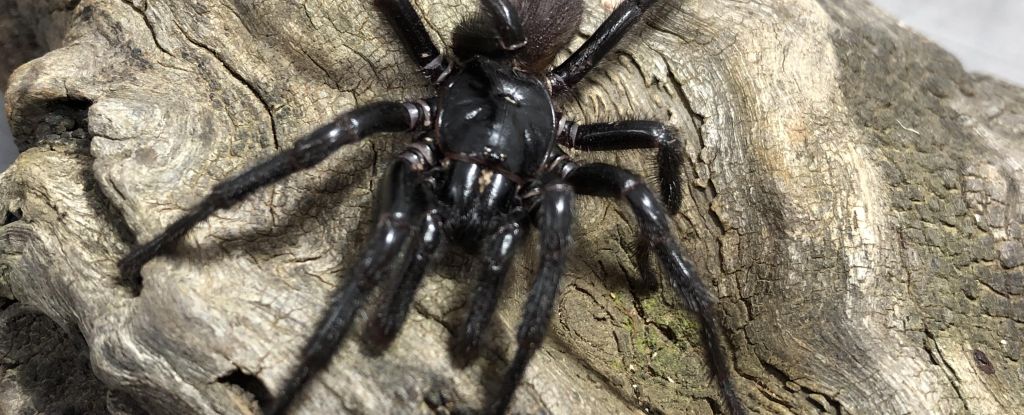ARTICLE AD
For a vaccine to work, it has to raise antibodies in the immunized – antibodies that are primed to neutralize subsequent intruders. For a vaccine to be safe, it has to do so for the vast majority without major side effects or reactions.
A new vaccine candidate for HIV is facing those familiar challenges in early-stage clinical trials, succeeding in one aspect but encountering some hurdles in the other.
It's still progress though, as its developers have reformulated the vaccine to improve its safety in future studies – while their latest results show how the vaccine successfully generates broadly neutralizing antibodies in a small number of people.
Broadly neutralizing antibodies (bnAbs) targeting HIV were discovered in the early 1990s, at the height of the HIV/AIDS epidemic, in some people with HIV.
Their potential was immediately obvious: bnAbs can recognize and neutralize multiple strains of HIV, a genetically varied, shapeshifting virus that shuffles its outer coat to evade immune detection.
But despite nearly four decades of research, a vaccine capable of generating bnAbs in humans – let alone any vaccine for HIV – remains bitterly elusive.
Natural infections give us a sense of how difficult it is to get the immune system to make these potent antibodies: bnAbs only materialize in about 10 to 25 percent of people living with HIV, and they can take years to develop.
So news that a vaccine candidate tested in a small clinical trial generated bnAbs in several people after two doses is promising.
"It was very exciting to see that, with this vaccine molecule, we could actually get neutralizing antibodies to emerge within weeks," says Wilton Williams, an immunologist at the Duke Human Vaccine Institute (DHVI) who led the study.
The vaccine candidate targets HIV-1, the most common of the two types of HIV, and specifically, a part of its outer envelope that remains stable even as the virus mutates.
The phase I clinical trial, which began in 2019, enrolled 24 healthy participants, 4 of whom received a placebo. But the trial was halted after one person had a severe allergic reaction (after their third dose) to one component of the vaccine, polyethylene glycol (PEG), which was used to stabilize the formulation.
Before the trial was stopped, 5 people received three of the four planned doses, and another 15 people received just two.
The vaccine has since been reformulated without PEG so the trial can resume testing a PEG-free version. In the meantime, Williams and colleagues analyzed the available data and found that the vaccine elicited a strong immune response after two doses.
The long-sought-after elite neutralizers, bnAbs, were also generated in two of the five people who received three shots before the trial was stopped. The most potent of those antibodies neutralized 15 to 35 percent of HIV strains in cell experiments.
frameborder="0″ allow="accelerometer; autoplay; clipboard-write; encrypted-media; gyroscope; picture-in-picture; web-share" referrerpolicy="strict-origin-when-cross-origin" allowfullscreen>
"This work is a major step forward as it shows the feasibility of inducing antibodies with immunizations that neutralize the most difficult strains of HIV," says DHVI immunologist Barton Haynes.
"Our next steps are to induce more potent neutralizing antibodies against other sites on HIV to prevent virus escape. We are not there yet, but the way forward is now much clearer."
It's certainly good to have options, even if only in the early stages of development. Other promising strategies to develop vaccines that are effective against different HIV strains have fallen short in late-stage clinical trials, serving as a 'harsh reminder' of the challenges in developing an HIV vaccine.
However, other treatments are succeeding while potential vaccines falter. In December 2023, a landmark trial showed that preventative therapy reduced people's chances of contracting HIV by 86 percent if used consistently.
The DHVI research has been published in Cell.

 7 months ago
58
7 months ago
58 

